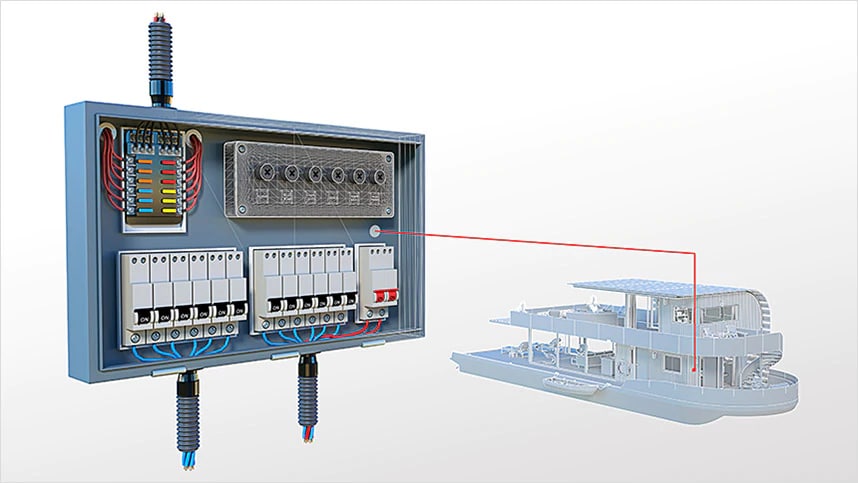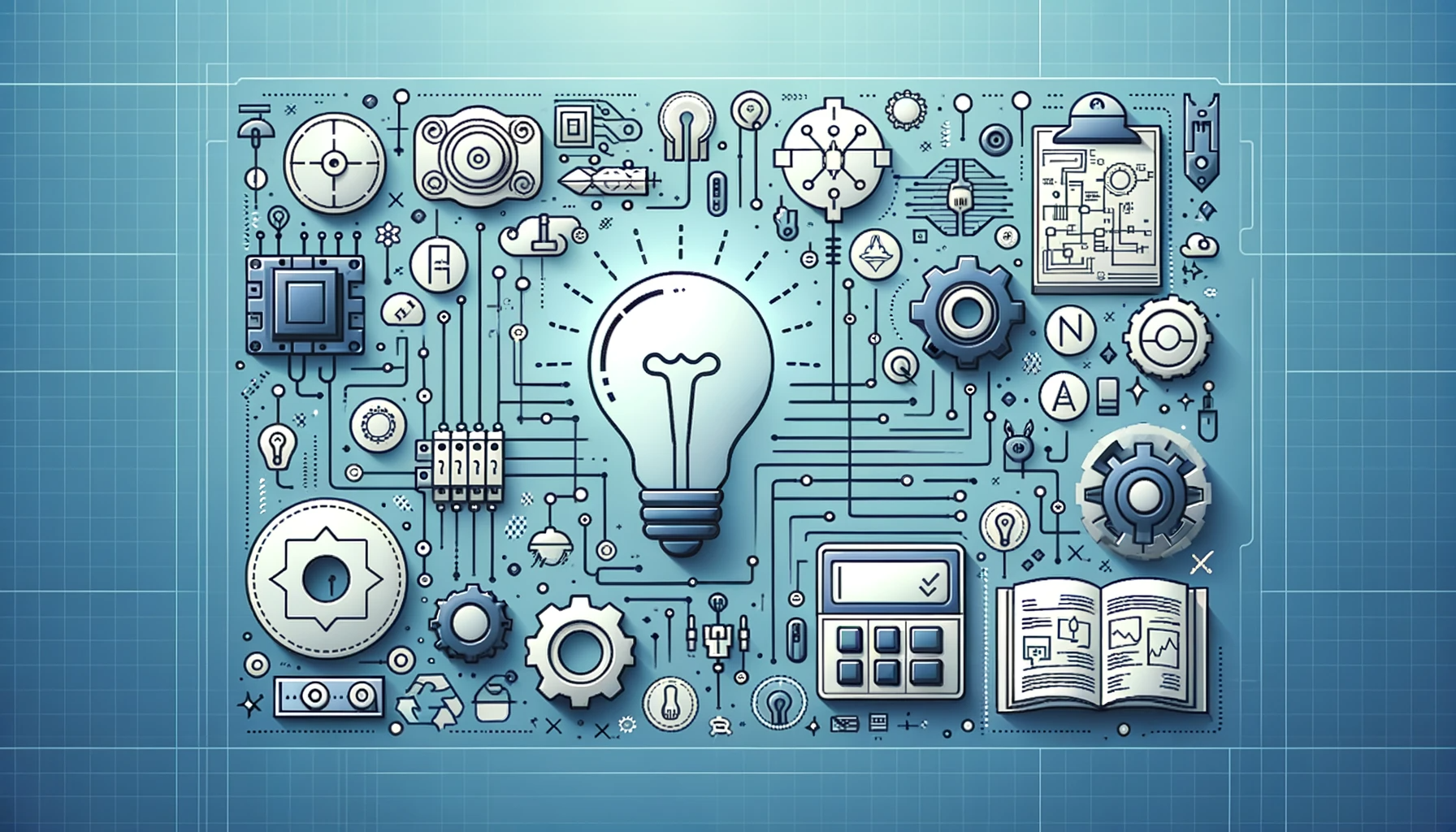Professional Electrical Design Services for Your Projects
Professional Electrical Design Services for Your Projects
Blog Article
Cutting-edge Electrical Design Providers for Modern Infrastructure
The advancement of contemporary facilities demands cutting-edge electric design solutions that not just enhance functional performance however likewise address sustainability challenges. As urban settings expand progressively complicated, incorporating innovations such as wise grids and renewable resource sources becomes critical. These innovations not only promise to optimize energy consumption but additionally foster resilience versus future needs. However, the landscape of electric design is undertaking quick transformation, prompting a more detailed exam of emerging patterns and their effects for lasting infrastructure stability. What might the future hold for those who welcome these cutting-edge methods?
Value of Innovative Electric Design
Cutting-edge electrical design plays a critical role in modern-day framework, influencing not only efficiency yet likewise sustainability. As cities advance and the need for power increases, the requirement for advanced electric systems becomes paramount. These systems should not only meet present needs yet additionally anticipate future growth and technical developments.
A well-executed electrical design can dramatically decrease energy intake, consequently decreasing operational prices and lessening environmental effect. By integrating renewable energy resources, such as photovoltaic panels and wind generators, cutting-edge layouts can enhance power freedom and strength. In addition, smart grid innovations permit real-time surveillance and administration of power circulation, maximizing performance and reducing waste.
Safety and security is one more important aspect of electrical design. Carrying out extensive standards and advanced modern technologies can reduce risks linked with electrical failings, making certain a safe and secure setting for residents and businesses alike. Additionally, cutting-edge styles promote versatility, enabling infrastructures to integrate arising innovations perfectly.
Key Patterns in Electrical Design
As the landscape of electrical design proceeds to evolve, a number of crucial trends are forming the future of the sector. One significant pattern is the assimilation of wise innovation right into electric systems. The spreading of the Internet of Things (IoT) has made it possible for real-time surveillance and control of electric gadgets, boosting efficiency and helping with predictive maintenance.
Another trend is the expanding emphasis on modular design. This approach allows for scalable and flexible options, enabling framework to adapt to altering demands without comprehensive remodellings. In addition, making use of innovative simulation devices and Structure Information Modeling (BIM) is becoming significantly common, simplifying the design procedure and enhancing collaboration among stakeholders.
Additionally, innovations in materials science are causing the development of lighter, more resilient, and energy-efficient elements. This advancement is especially important for high-performance structures and framework jobs.
Lastly, there is a marked change in the direction of data-driven decision-making - electrical design services. Leveraging data analytics helps designers enhance systems for efficiency and cost-effectiveness. Together, these trends represent a transformative period in electrical design, boosting performance, sustainability, and durability in modern infrastructure
Lasting Power Solutions
Lasting power options are increasingly becoming an essential emphasis in electric design, showing a broader commitment to ecological responsibility and source effectiveness. These solutions intend to minimize ecological influence while maximizing power consumption in various infrastructures, from household buildings to big commercial centers.
One of the primary approaches includes the integration of renewable resource resources, such as photovoltaic panels and wind generators, right into electrical systems. This not only minimizes dependency on nonrenewable fuel sources yet also improves energy strength. In addition, cutting-edge energy storage systems, such as advanced batteries, allow efficient management and distribution of energy, guaranteeing that surplus power created throughout peak manufacturing can be utilized during high need periods.
Moreover, energy-efficient design methods are being adopted to enhance overall system performance. This includes making use of energy-efficient lights, a/c systems, and smart building technologies that adjust and keep track of energy use based upon tenancy and ecological problems.
Smart Grid Technologies
The application of lasting energy options naturally results in the exploration of wise grid technologies, which play a pivotal function in improving electric systems. Smart grids take advantage of progressed interaction technologies and data analytics to boost the integrity, efficiency, and sustainability of power distribution. By incorporating digital technology with traditional grid infrastructure, these systems facilitate real-time monitoring, automated control, and improved decision-making capacities.
One of the essential functions of clever grids is their capability to accommodate renewable power resources, such as solar and wind power. This versatility not only reduces dependency on nonrenewable fuel sources but also permits for a more decentralized energy manufacturing version. Furthermore, clever grids make it possible for need action programs, where customers can change their power usage based on real-time rates, thus advertising power conservation and minimizing peak load needs.
Furthermore, clever grid modern technologies enhance grid resilience by enabling quicker identification and resolution of interruptions, ultimately lessening downtime. With predictive maintenance and analytics, utilities can enhance and maximize operations service delivery. As communities and cities continue to develop, wise grid innovations are essential for developing a lasting and efficient electric framework that meets the demands of modern culture.

Future-Proofing Infrastructure
To make certain long-term stability and versatility, future-proofing framework is vital in the quickly evolving landscape of electrical design solutions. As modern technology breakthroughs and energy demands change, it is important that electric systems are created with versatility in mind. This entails integrating scalable remedies that can fit future upgrades without requiring extensive overhauls.

Additionally, sustainability should be a cornerstone of future-proofed styles. Making use of renewable power resources, such as solar and wind, and optimizing power effectiveness reduce reliance on fossil fuels, straightening with global initiatives to combat climate adjustment.
Conclusion
To conclude, ingenious electrical design solutions play a pivotal duty fit contemporary framework. By prioritizing sustainability, effectiveness, and adaptability, these solutions attend to the developing needs of power systems. The integration of clever grid modern technologies and lasting power solutions boosts strength and lowers operational costs. Future-proofing framework with innovative simulation tools and modular methods makes certain that electrical systems stay receptive to changing demands, ultimately contributing to a much more sustainable and energy-independent future.
A well-executed electric design can dramatically reduce power intake, therefore lowering functional prices and lessening ecological effect. By incorporating eco-friendly power sources, such as solar panels and wind turbines, innovative layouts can improve energy freedom and durability. Furthermore, ingenious power storage space systems, such as advanced batteries, allow efficient monitoring and sites circulation of energy, making certain that surplus energy generated during height production can be used throughout high need periods.
Clever grids allow demand response programs, where customers can adjust their power usage based on real-time prices, thus promoting power conservation and reducing peak lots demands. (industrial electrical design)
As technology breakthroughs and energy needs change, it is critical that electric systems are created with flexibility in mind.
Report this page